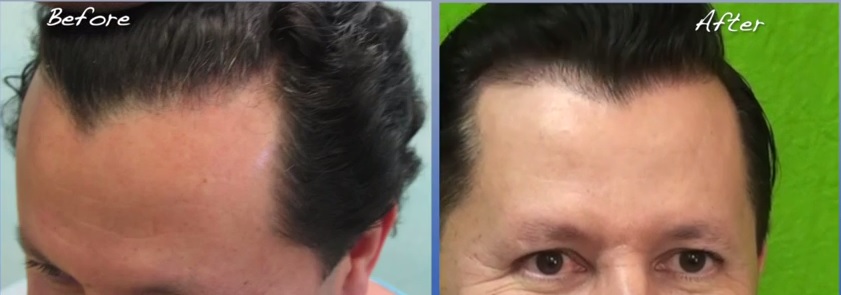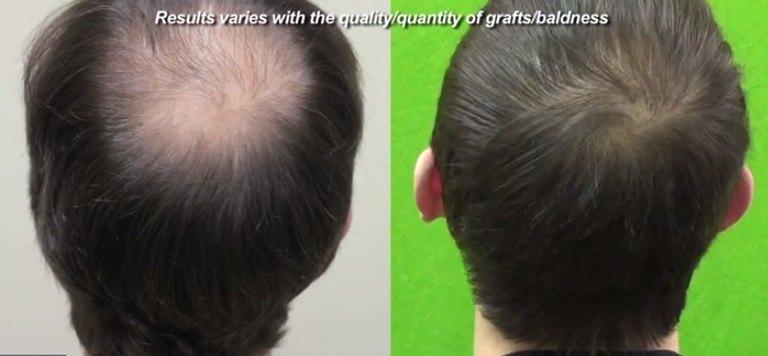Hair Transplant Concerns: Is it Expensive?
Hair transplant concerns regarding cost cannot be denied, however it can be planned for. We make many investments in ourselves—university tuition, a new car, the wedding day—and these things cost thousands of dollars. Usually, hair restoration surgery is far less expensive and just as rewarding professionally, socially, and romantically. So why isn’t an investment in our outward appearance worthwhile when it affects us so deeply on the inside? Hair loss has a huge impact on our psychological and emotional well-being. The results of this investment are, in fact, worthwhile; because your happiness and life quality are worth any expense.
I’m Not a Good Candidate for Hair Transplant
Thankfully, Advanced UGraft FUE technology takes care of one of the biggest reasons a prospective patient is considered inoperable—depleted scalp donor source. Men without enough hair on their head to source their surgery are considered poor candidates for many techniques, but not follicular unit extraction. UGraft FUE enables the use of non-head donor hair from almost anywhere on the body, including the beard, legs, chest, shoulders, stomach, and arms. This is called body hair transplant, and makes it possible for people with severe hair loss to undergo successful hair restoration surgery.
Another genuine hair transplant concerns those with kinky Afro-textured hair where-in most conventional FUE methods cannot do them successfully. Again the UGraft advanced FUE technology makes this a thing of the past and all Afro textured hair can now be done reliably using this technology without the need for pre-testing.
Other reasons for being a poor candidate may include poor health, allergies to anesthesia, scarring proneness, and blood clotting difficulties. These factors need to be discussed with your surgeon.
I’m Afraid it won’t Look Natural
Technology has evolved a long way since the days of punch grafting, which still gives surgical hair restoration the “pluggy” stigma. So another legitimate in the list of hair transplant concerns is to do with whether or not the result would be natural looking. FUE technology especially circumvents the appearance of plugs or doll’s hair because the punch tool used is only about 1mm in size (as compared to the 4mm size punch of the past). This device enables microscopic follicular units to be implanted into thousands of slits in the recipient area, making for remarkably natural results. Furthermore, advanced FUE by UGraft avails a wider donor pool selection than any other method, so hairs can be specifically selected by the surgeon with a purpose to best match the area of implantation. Read Dr U’s ground breaking work on the use of nape hair for creating undetectable hairlines.

I’m Afraid of Scarring
Scarring is inevitable with any surgery, however, a well-chosen surgeon will be skilled enough to create cosmetically negligible scars. Again, FUE technology is particularly ideal because the tiny wound-size and diffuse graft excisions make any scarring extremely difficult to detect. FUT produces a long, thin scar called a strip scar, which is disguisable with a certain hair length. For people whose strip scar stretches and widens over time (due to skin elasticity), the scar can always be filled with a few hundred FUE grafts later on.

